Growth of Niche Markets
The growth of niche markets is emerging as a significant driver in the business to-consumer-e-commerce market. In Germany, there is a noticeable trend towards specialized products that cater to specific consumer interests and preferences. This shift is evidenced by the increasing number of online stores focusing on unique offerings, such as eco-friendly products, artisanal goods, and personalized items. Market data suggests that niche e-commerce segments are growing at a rate of approximately 15% annually, outpacing traditional retail growth. This trend presents opportunities for businesses to differentiate themselves and target specific demographics effectively. By tapping into these niche markets, companies can enhance their visibility and profitability within the competitive landscape of the business to-consumer-e-commerce market.
Changing Consumer Behavior
Consumer behavior in Germany is shifting, significantly impacting the business to-consumer-e-commerce market. A growing number of consumers are prioritizing convenience and speed in their shopping experiences. Recent surveys indicate that over 60% of German shoppers prefer online shopping due to its time-saving benefits. Additionally, the trend towards mobile commerce is notable, with mobile devices accounting for approximately 50% of all e-commerce transactions in the country. This shift necessitates that businesses adapt their strategies to cater to mobile users, ensuring that websites are optimized for mobile browsing. Moreover, the increasing demand for transparency regarding product sourcing and pricing is influencing purchasing decisions. As consumers become more informed and discerning, businesses must align their offerings with these evolving preferences to remain competitive in the business to-consumer-e-commerce market.
Expansion of Delivery Options
The expansion of delivery options is a critical driver in the business to-consumer-e-commerce market. In Germany, consumers are increasingly seeking flexibility in how they receive their purchases. A recent report indicates that around 75% of online shoppers value same-day or next-day delivery services. This demand has prompted e-commerce businesses to invest in logistics and partnerships with courier services to enhance their delivery capabilities. Additionally, the rise of click-and-collect services allows customers to order online and pick up their items at designated locations, further catering to consumer preferences. As competition intensifies, companies that offer diverse and efficient delivery options are likely to gain a competitive edge in the business to-consumer-e-commerce market, ultimately driving sales and customer satisfaction.
Increased Focus on Customer Experience
In the business to-consumer-e-commerce market, an increased focus on customer experience is becoming paramount. German consumers are placing greater emphasis on seamless interactions across various touchpoints, from browsing to post-purchase support. Research shows that approximately 80% of consumers are willing to pay more for a superior customer experience. This trend compels businesses to invest in user-friendly website designs, responsive customer service, and efficient return policies. Moreover, the integration of chatbots and virtual assistants is enhancing customer engagement by providing instant support and information. As companies strive to meet these heightened expectations, the emphasis on customer experience is likely to drive loyalty and repeat purchases in the business to-consumer-e-commerce market.
Technological Advancements in E-commerce
The business to-consumer-e-commerce market is experiencing rapid technological advancements that enhance user experience and operational efficiency. Innovations such as artificial intelligence (AI) and machine learning are being integrated into e-commerce platforms, enabling personalized shopping experiences. In Germany, approximately 70% of consumers express a preference for tailored recommendations based on their browsing history. Furthermore, the adoption of augmented reality (AR) allows customers to visualize products in their environment before making a purchase, potentially increasing conversion rates. The integration of secure payment gateways and advanced cybersecurity measures also plays a crucial role in building consumer trust, which is essential for the growth of the business to-consumer-e-commerce market. As technology continues to evolve, it is likely that these advancements will further drive consumer engagement and sales in the sector.


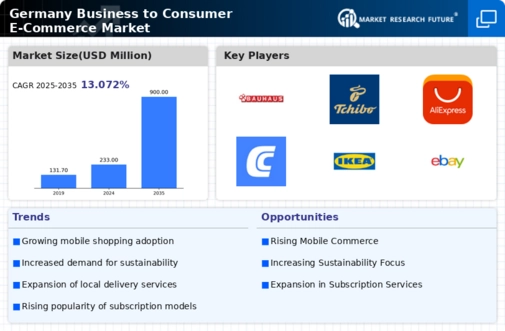
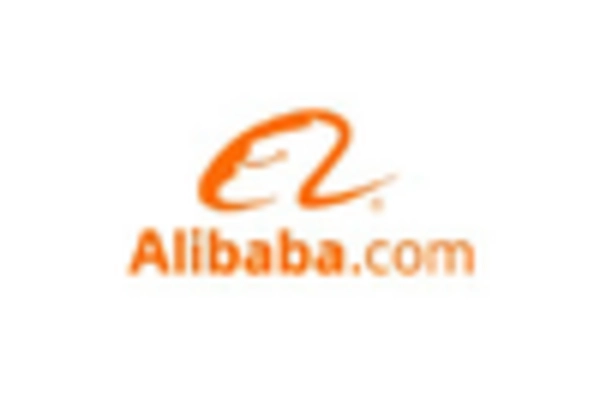

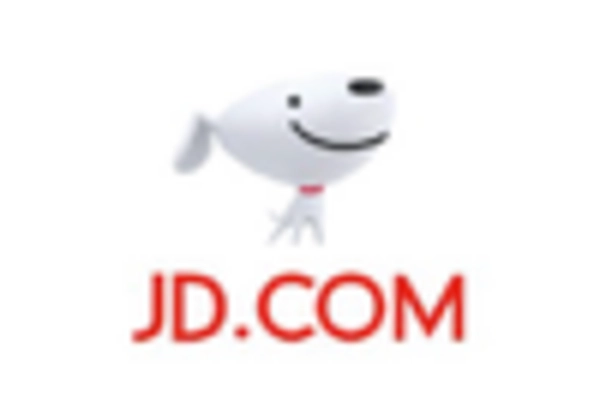
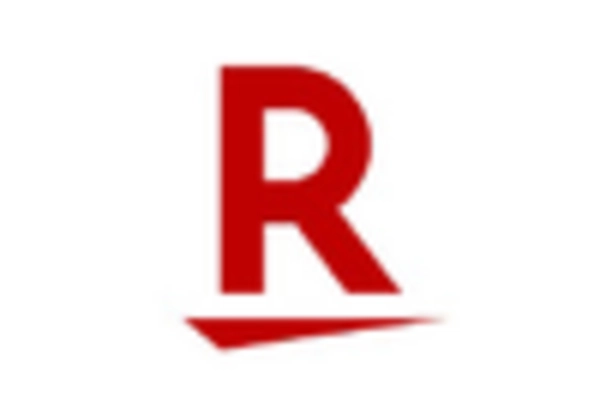
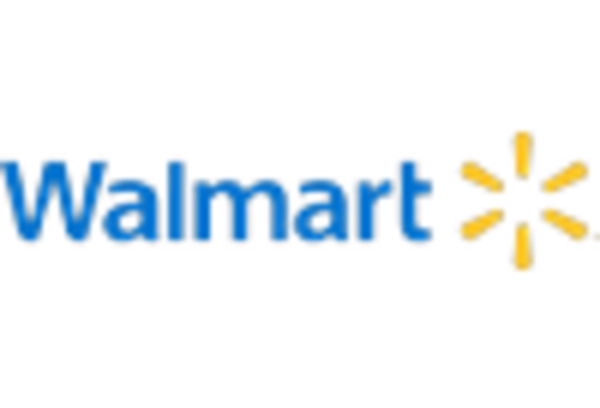
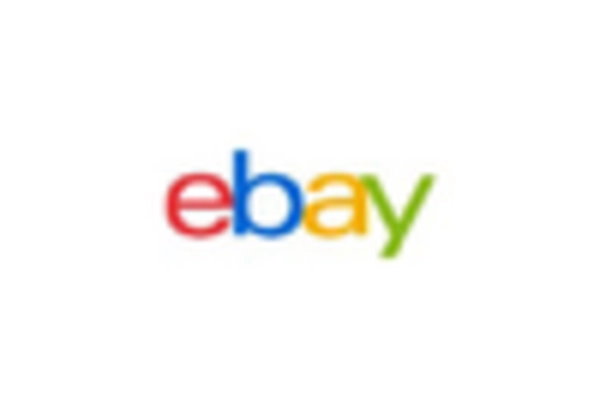








Leave a Comment